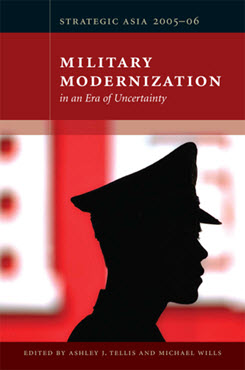Central Asia
Military Modernization and the Great Game
This chapter examines military modernization in post-Soviet Central Asia (Kazakhstan, Kyrgyzstan, Tajikistan, Turkmenistan, and Uzbekistan) and Afghanistan.
EXECUTIVE SUMMARY
This chapter examines military modernization in post-Soviet Central Asia (Kazakhstan, Kyrgyzstan, Tajikistan, Turkmenistan, and Uzbekistan) and Afghanistan.
MAIN ARGUMENT
- Military modernization in the countries of Central Asia is much more dependent on officer corps retraining and professionalization than on hardware upgrade. Furthermore, each country is dependent on external support from the great powers interested in the region (i.e., the U.S., Russia, and China) for military modernization.
- State leaders often overplay the Islamist threat to outsiders, and use outside resources as a means to suppress populist opposition movements that do not threaten international security. Foreign security support, both political and financial, can thus serve to bolster weak regimes lacking domestic legitimacy. Security-related funding can also become an asset in domestic political competition as factions in the elite vie for control over contracts.
POLICY IMPLICATIONS
Russia and China’s continued military interest in the region, American distrust of neighboring Iran, and the potential to diversify sources of U.S. and allied petroleum imports mean that Washington will likely continue to make the region a high security priority. The U.S. should, however, bear in mind the following points:
- Some major security concerns in the region, such as the opium trade supporting warlords in Afghanistan, cannot be successfully addressed by military modernization alone.
- Military aid and other forms of security support may have the unintended consequence of strengthening authoritarian regimes while reducing human rights accountability and democratic advancement.
Strategic Asia
The Strategic Asia annual edited volume incorporates assessments of economic, political, and military trends and focuses on the strategies that drive policy in the region. Learn more about Strategic Asia.


